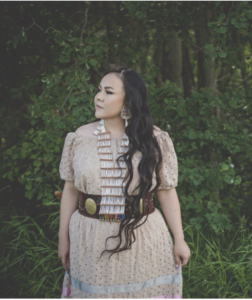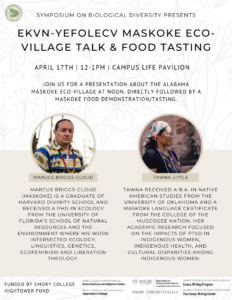The Carlos Museum and the Native American Indigenous Studies Initiative present the two-day Indigenous Food Sovereignty Symposium, inviting food historians, chefs, and ethnobotanists to campus to lead cooking demonstrations centered on Indigenous ingredients, foods, and contemporary reimagining of traditional dishes. Join Rob Kinneen (Alaska Native) and Nephi Craig (White Mountain Apache and Diné) for a day of cooking workshops on Saturday, November 9th, followed by a screening of the film Gather, and a Q&A led by Nephi Craig; then attend a panel discussion centered on Indigenous food sovereignty, moderated by Malinda Maynor Lowrey, Cahoon Family Professor of History, on Sunday, November 10th.
The symposium is made possible through the generous support of the Art Bridges Foundation and the Native American and Indigenous Studies Initiative.
Cooking Demonstrations & Workshops Details
Time: Saturday, November 9 from 1 – 3 p.m., Chef Nephi Craig, REGISTER and 4 – 6 p.m., Chef Rob Kinneen, REGISTER
Place: Ackerman Hall | Level Three
Film Screening: Gather Details
Time: Saturday, November 9 | 7 p.m.
Place: Ackerman Hall | Level Three
Panel Discussion: Indigenous Food Sovereignty Details
Time: Sunday, November 10 | 2 p.m.
Place: Ackerman Hall | Level Three






